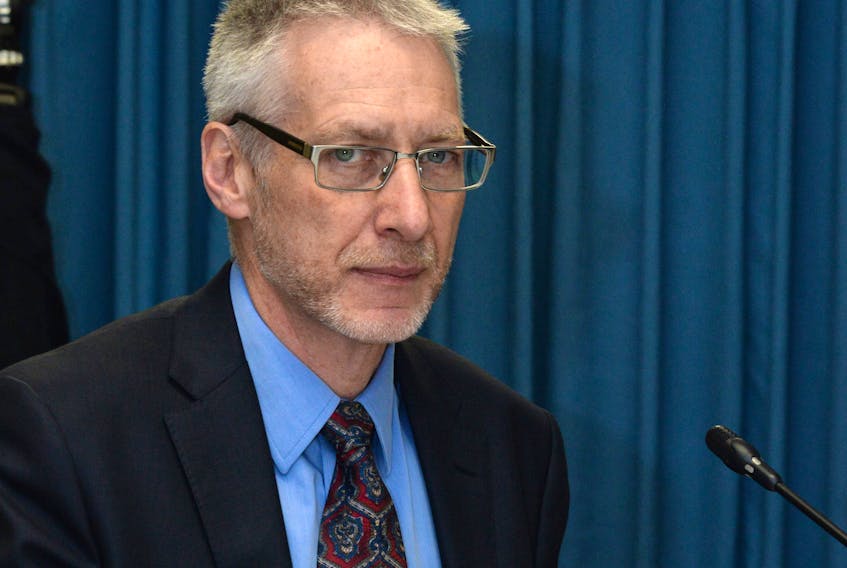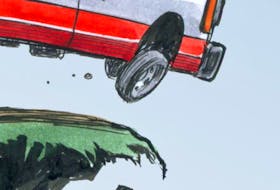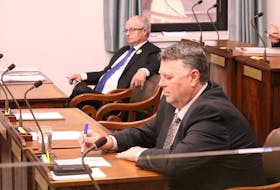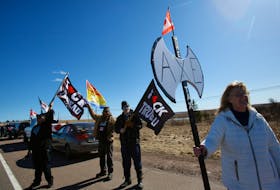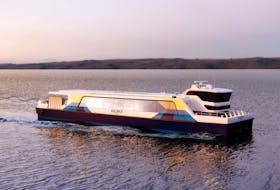During 2017-18, I wrote 11 columns in 10 months involving a 2013 SNC-Lavalin risk assessment report.
You might say I was slightly consumed by it.

After all, it was such a strange goings-on.
A key player in Muskrat Falls prepared a risk assessment report of the project on its own dime, a report it felt strongly that Nalcor should be aware of, yet no one at Nalcor seemed to know it existed.
“Somewhere out there, a 24-page risk assessment report on Muskrat Falls is hovering in mid-air, seemingly invisible,” I wrote in July 2017.
“Compiled in April 2013 by SNC-Lavalin… it warns strongly of cost overruns and delays, with 25 of the 40 aspects of the project it examined rated as ‘Very High Risk.’”
When asked about the report two years ago after Premier Dwight Ball made it public, Nalcor’s responses alternated between denying any knowledge of it and dead silence.
Questions I sent to Lower Churchill project (LCP) vice-president Gilbert Bennett went unanswered.
It was all so flabbergasting that even I began to question the report’s existence — and I had read it.
(Former Nalcor CEO Ed Martin is still dismissive of the report. In comments to Grant Thornton in a June 2018 forensic audit interview, he refers to it as “this SNC-Lavalin, you know, foolishness that’s been out there and that report business that I was dragged out of retirement for about a year ago.”)
So it was satisfying to see that report resurface this week at phase 2 of the Muskrat Falls inquiry, during testimony about the financial audit.
Satisfying, and maddening. Because while SNC-Lavalin officials interviewed for the financial audit explained why they felt it was necessary to conduct a risk assessment outside the scope of what they had been directed to do, and how they raised those risks with Nalcor, the Nalcor officials questioned for the audit were still insisting they hadn’t seen the report.
“First time I learned about this report was in (20)16,” Gilbert Bennett told Grant Thornton.

Well, some of them certainly knew what was in it.
The financial audit’s Observations and Findings section devoted to the SNC-Lavalin report reads like hints in a game of Clue.
It says, in part:
• A May 2013 email from Muskrat Falls project director Paul Harrington to Gilbert Bennett “provides evidence that both Messrs. Harrington and Bennett knew about the risk analysis performed by SNC in 2013…”
• “Messrs. Bennett and Harrington (and possibly more people from Nalcor) knew the SNC risk report existed;
• “Messrs. Bennett and Harrington knew the contents of the report pertained to LCP project risks;
• “Mr. Harrington made a decision not to ask for the report and recommended to Mr. Bennett that SNC keep it as an internal document in draft form and not provide it to Nalcor;
• “(Then SNC CEO Bob) Card remembered discussing the SNC risk report with (then Nalcor CEO Ed) Martin, however Mr. Martin has no recollection of it.”
The questions that had been plaguing me — who tried to give the report to whom, who rejected it, and why — are all just water over the dam now.
It doesn’t matter if Nalcor didn’t have a hard copy of the report.
It doesn’t matter if, as Ed Martin has said, no one ever tried to actually hand him the report, or even if he was unaware of it.
What does matter is that SNC-Lavalin, concerned about risks with the Muskrat Falls project, outlined them in a report. Some senior Nalcor officials knew about their concerns and dismissed them, saying they had everything under control, and denied knowing about the report.
And that’s just plain wrong.
As corporate governance expert and York University law professor Richard W. Leblanc told me after the report became public, “What Nalcor should have done was disclose the basis on which the SNC-Lavalin report was rejected. There should’ve been continuous accountability to the public. ... If you disagree with the report, there's an obligation to explain why.”
Nalcor didn’t do that. Yet another sin of omission.
Related columns by this author
PAM FRAMPTON: Report warned of grave risks; a shame nobody read it
PAM FRAMPTON: ‘A major red flag’
Pam Frampton is a columnist whose work is published in The Western Star and The Telegram. Email [email protected]. Twitter: pam_frampton

